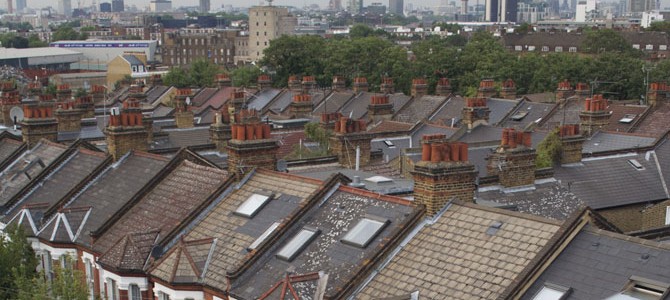Leading ecologist champions value of urban areas for wildlife
by Patrick Smith

credit: Elias_Daniel
Much of Britain’s countryside is “rubbish for wildlife”, a leading ecologist has said, arguing that towns and cities are often now a more habitable place for many plants and animals.
Speaking at a public lecture at Birkbeck, University of London on Friday, Dr Ken Thompson said that urban gardens and brownfield sites are now of more value to wildlife than many areas of lowland farmland, pointing to evidence such as a study in Sheffield that found the density of birds in the city was more than six times that of the nation at large.
Britain’s 16 million gardens provide a vital habitat for a wide array of wildlife including animals such as song thrushes and hedgehogs that are now heavily reliant on these green spaces for their survival. And it’s not just these highly visible animals that make gardens their homes; studies have found a higher density of bumblebee nests in gardens than in the countryside and a thirty-year study of a suburban Leicester garden found 533 different species of parasitoid wasps.
The lushness of gardens is complemented perfectly by urban brownfield sites, argues Dr Thompson. While dry, hot, rocky environments are being lost in the countryside due to the over-use of fertilisers, abandoned plots in cities provide the perfect environment for plants, beetles and even reptiles such as slow worms that thrive in these conditions.
The countryside on the other hand was brought down to ecological size. Dr Thompson pointed out that while many areas of the countryside are still important habitats, intensively-managed lowland farmland has little value for wildlife. And even some of our most treasured spots, such as the Peak District, were described as being little more than a zoo, due to the amount of human interference needed to maintain the ecosystem.
Dr Thompson gave short shrift to the view that wildlife in cities is less valuable because it’s more common. “It is the common plants and animals that do the heavy lifting in ecosystems, the rare ones do very little,” he said. “The animals that we think of as common wouldn’t be so if it wasn’t for gardens anyway.”
The Urban Ecology public lecture series continues this Friday at 6:30 at Birkbeck with Loving the Alien ( www.bbk.ac.uk/environment/news/lectures), a lecture on non-native plants in London.

